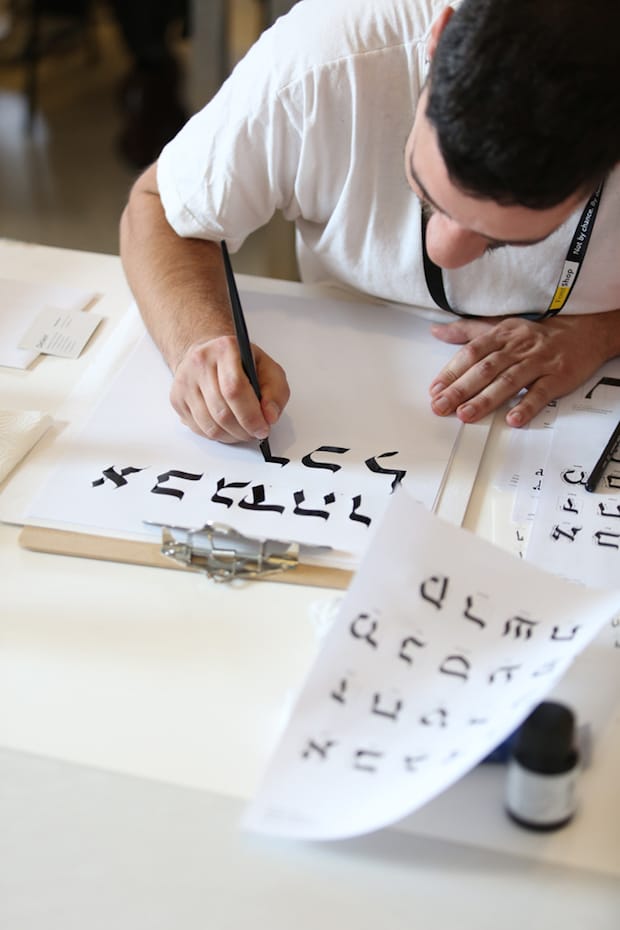Ahead of Berlin-based design festival Typo next week, we speak to founder Jürgen Siebert about how the event – and the design scene around it – has changed over its twenty year history.
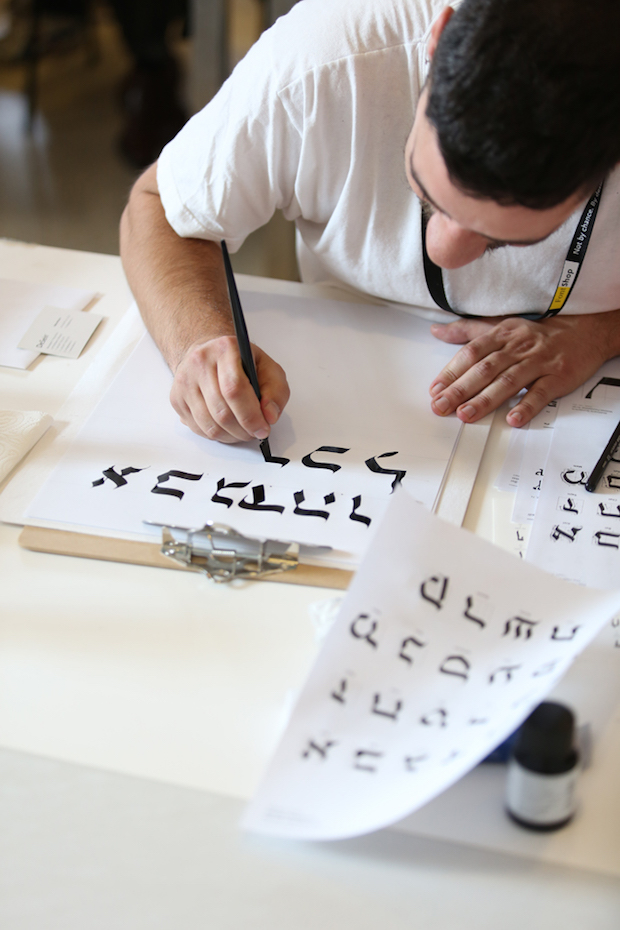
How has the festival changed since it launched 20 years ago?
Jürgen Siebert: When we started in the mid-Nineties Typo Berlin had two program tracks: the auditorium with the talks and a workshop room. For several years now we’ve had five simultaneous options. We had to broaden out the program for two reasons: we’ve been attracting more visitors each years with a broader range of interests. The main challenge for us is composing the program. We don’t want any attendee to suffer timetable conflicts. Nobody should miss 75 per cent of our offerings. To accomplish this task we’ve clustered all talks and events into five groups: creation, innovation, reflection, typography, and know-how. We’ve tried this approach for a few years now, but this year we make these tags visible to the attendees too.
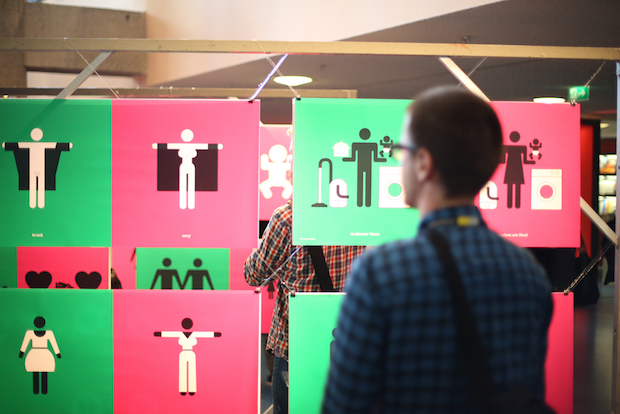
How do you think your audience has changed over the past twenty years?
JS: It’s getting younger and more international, and this is wonderful. The young people seem to be much more curious too. The tools and techniques in visual communication are changing so rapidly that we deliver new insights every twelve months. At this point Typo Berlin is probably faster than books and universities. Since about two to three years ago, we’ve had more visitors from our eastern neighbours like Poland, Russia, Czech Republic and the Baltic countries.
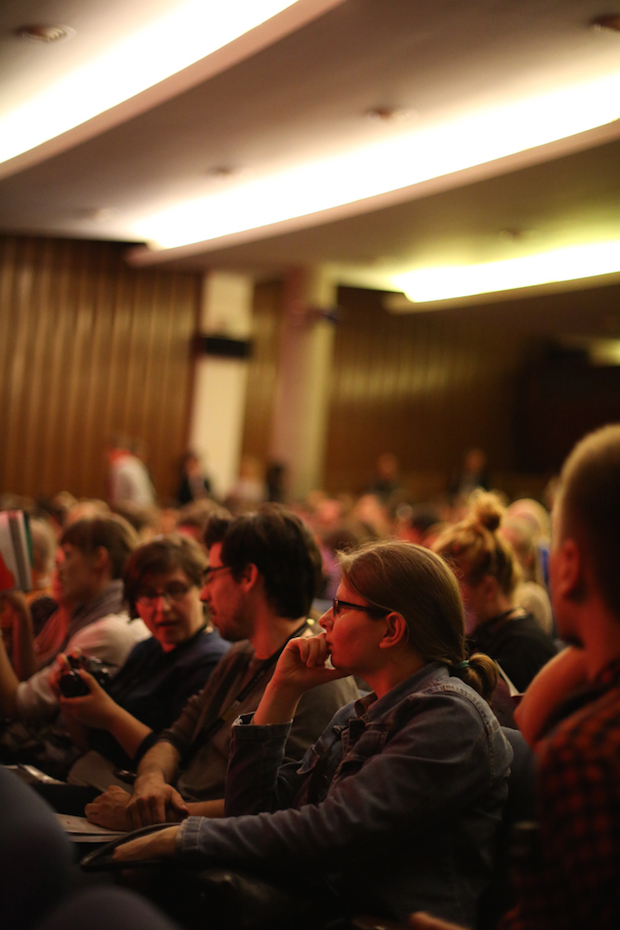
And what about design in Berlin more widely?
JS: We’re happy to see so many small design offices opening in Berlin. Most of them are specialised in the field of mobile communication, developing apps or responsive websites. This is a huge market, because tens of thousands of websites in our country are not responsive and don’t use webfonts. What’s also amazing with Berlin is its role as typographic capital. According to Type In Berlin, we have forty-four professional type designers working in our city plus twenty-three foundries that operate worldwide, not to mention typographic journalists and sales platforms.
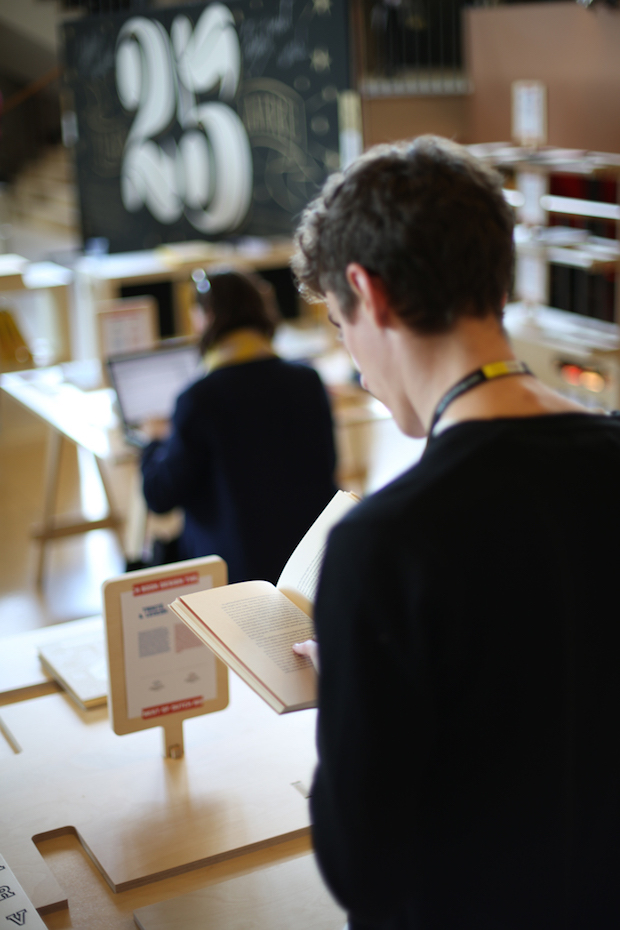
If you had to pick one moment as your highlight over Typo's twenty-year history, what would it be?
JS: I think the presentation of King Bansah’s new identity at TYPO 2010 was a real highlight. Togbe Ngoryifia Céphas Kosi Bansah is King of Hohoe, Ghana. He works as a car-mechanic in Ludwigshafen, Germany, and governs his people in the African Volta Region from there. As part of his bachelor thesis, Julian Zimmermann created a corporate design for King Bansah. Their memorable joint presentation at TYPO Berlinbrought many delegates to tears and garnered spontaneous standing ovations.
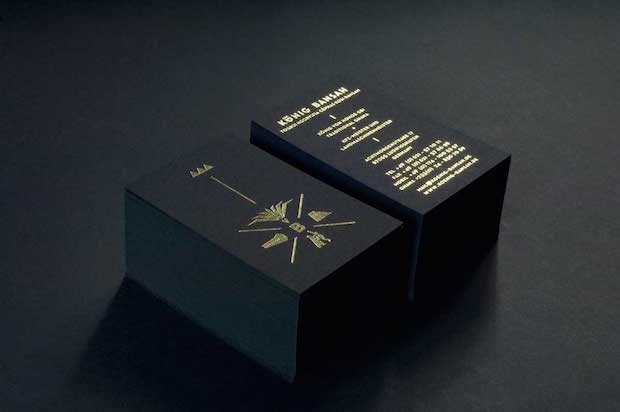
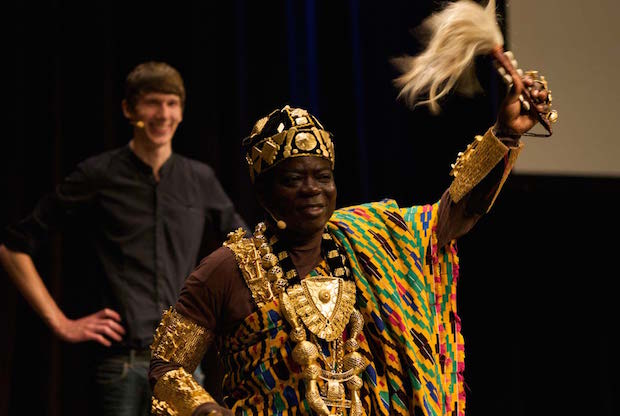
All week we’ve been offering the chance to win tickets to Typo. Find out more about how to enter here.
TYPO Berlin
21–23 May 2015
Haus der Kulturen der Welt, Berlin
typotalks.com/berlin

